To provide the best experiences, we use technologies like cookies to store and/or access device information. Consenting to these technologies will allow us to process data such as browsing behaviour or unique IDs on this site. Not consenting or withdrawing consent, may adversely affect certain features and functions.
The technical storage or access is strictly necessary for the legitimate purpose of enabling the use of a specific service explicitly requested by the subscriber or user, or for the sole purpose of carrying out the transmission of a communication over an electronic communications network.
The technical storage or access is necessary for the legitimate purpose of storing preferences that are not requested by the subscriber or user.
The technical storage or access that is used exclusively for statistical purposes.
The technical storage or access that is used exclusively for anonymous statistical purposes. Without a subpoena, voluntary compliance on the part of your Internet Service Provider, or additional records from a third party, information stored or retrieved for this purpose alone cannot usually be used to identify you.
The technical storage or access is required to create user profiles to send advertising, or to track the user on a website or across several websites for similar marketing purposes.
 As COVID -19 has taken hold and the very necessary lockdown begins, there are A large number of workers thrown into semi-permanent work settings that we hadn’t anticipated a month ago. The transitions will be easier for some than others but we all need a space that feels comfortable AND is conducive to productive working. (more…)
As COVID -19 has taken hold and the very necessary lockdown begins, there are A large number of workers thrown into semi-permanent work settings that we hadn’t anticipated a month ago. The transitions will be easier for some than others but we all need a space that feels comfortable AND is conducive to productive working. (more…)









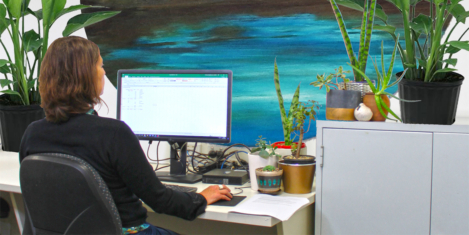
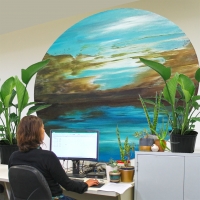
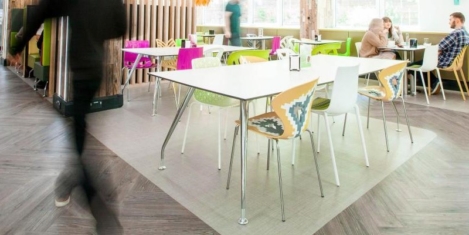

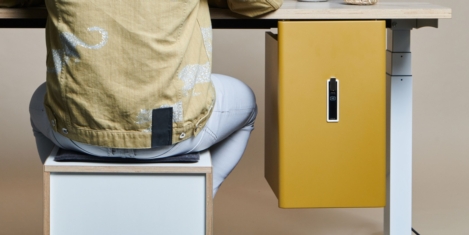

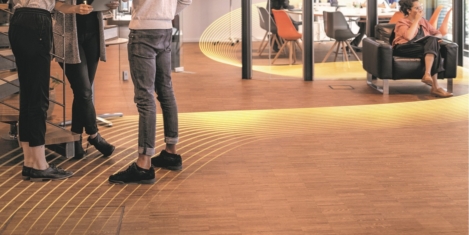

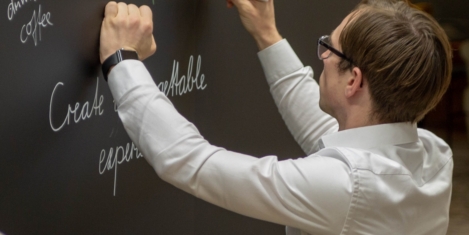


 Nearly half of UK workers admit to being greener at home than they are in the office, although more and more are realising the importance of green habits,
Nearly half of UK workers admit to being greener at home than they are in the office, although more and more are realising the importance of green habits, 












March 25, 2020
Loneliness has always been a workplace issue
by Nigel Oseland • Comment, Wellbeing, Working lives, Workplace design